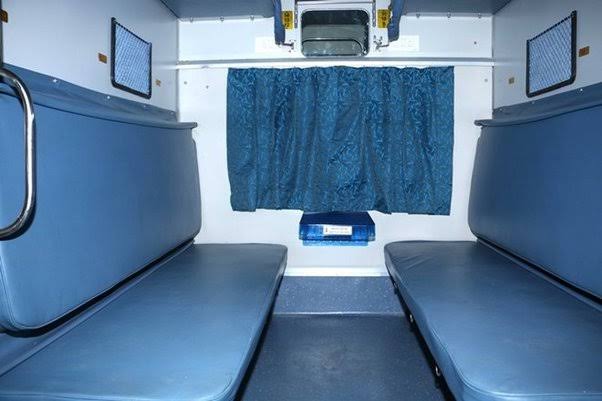The Indian Railways is continuously working to improve and modernise its services. In this effort, a major change has been made regarding lower berths on trains, which will affect millions of passengers. From now on, not every passenger will be allotted a lower berth, as these will now be reserved for specific categories. Here’s everything you need to know about the new rule, who will benefit, and what regular passengers should do.
Lower Berths No Longer Available for Everyone
Earlier, while booking train tickets, passengers could choose their preferred berth—lower, middle, or upper. However, Indian Railways has now clarified that lower berths will be reserved for certain categories only. If you are not a senior citizen, a person with a disability, or a woman above 45 years, getting a lower berth will be more difficult than before.
Who Comes Under the New Rule?
The Railways has reserved lower berths for three specific groups:
- Senior citizens (Men aged 60+, Women aged 58+)
- Women aged 45 and above (No proof required, but age must be correctly entered at the time of booking)
- Persons with disabilities (Valid disability certificate required)
These passengers will be given priority for lower berths through the automatic seat allocation system, even if they haven’t selected a lower berth preference.
Also Read-: Vande Bharat: India to Get Its First Sleeper Vande Bharat Train, Major Update Arrives
How Many Lower Berths Are Reserved?
The number of reserved lower berths varies by class:
- Sleeper Class: 6–7 lower berths
- AC 3-Tier: 4–5 lower berths
- AC 2-Tier: 3–4 lower berths
These berths will only be allocated to passengers who fall under the eligible categories.
Why Has the Railways Taken This Step?
According to Indian Railways, elderly passengers find it difficult to climb to upper berths, while disabled individuals cannot access upper berths at all. For women travelling alone, lower berths are safer and more convenient. Earlier, such passengers had to request the train staff to change their seats, which often caused inconvenience. This new rule aims to solve that problem from the root.
How Can General Passengers Get a Lower Berth?
If you don’t fall under any of the reserved categories, you can still try the following:
- Book tickets early, as lower berths are also allotted on a first-come, first-served basis.
- Always select ‘Lower Berth’ in your berth preference during booking.
- If any reserved lower berths remain unallocated, they may be given to general passengers, but this is not guaranteed.
The new priority is to ensure that those who truly need lower berths get them first.
How to Avail the Facility?
If you’re eligible (senior citizen, woman 45+, or disabled), make sure to:
- Enter your correct age while booking the ticket.
- If disabled, carry a valid certificate.
- Even without selecting lower berth preference, the system will automatically assign it.
In case of any issue, passengers can contact Railway Helpline 139 or the help desk at the station.
More Changes Expected in the Future
This move is a step toward a smarter and more sensitive reservation system. Indian Railways is also implementing features like QR code-based boarding, AI-powered seat allocation, and digital ticketing. The focus is shifting from just seat availability to passenger comfort and safety.
Plan Your Booking Wisely
If you’re hoping for a lower berth on your journey, better planning is essential. The new rules prioritise those who genuinely need it—something that is both logical and thoughtful. Others can still get lower berths, but only through timely booking and correct berth preferences.

